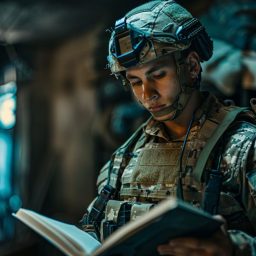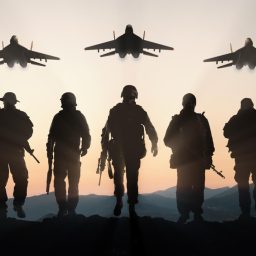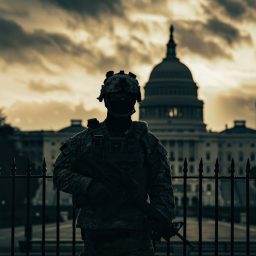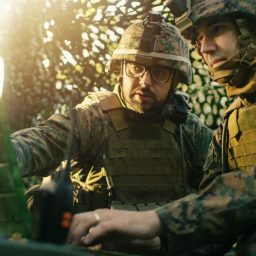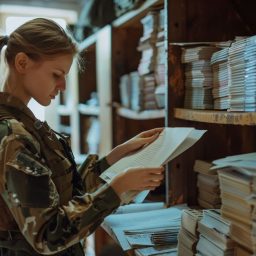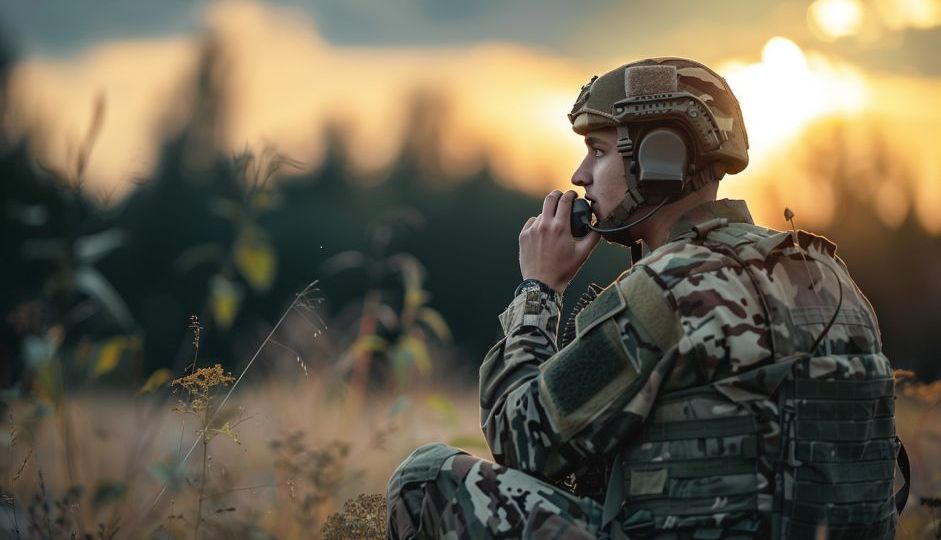
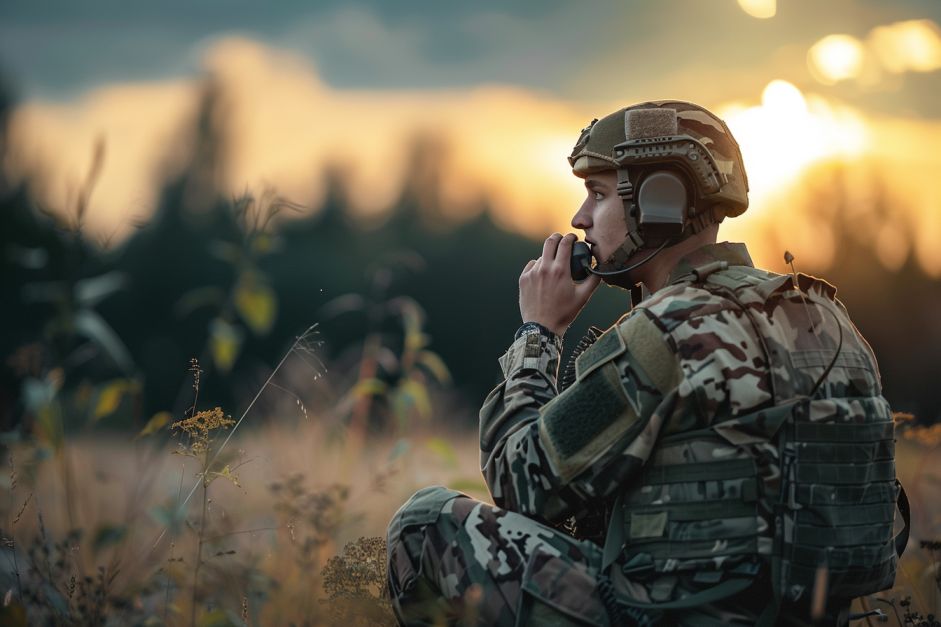
When speaking of alphabets, you probably think of the letters that form words and sentences. Does your mind wander to the Latin alphabet or perhaps Cyrillic?
That is a natural association, but it is also worth mentioning another kind of alphabet, one that does not deal with a foreign language, yet still aids in effective communication. Get to know the military alphabet, also known as the NATO phonetic alphabet, the International Radiotelephony Spelling Alphabet, or the International Civil Aviation Organization (ICAO) alphabet.
Contents
Why was the phonetic alphabet created?
The history of the military alphabet dates back to World War I. Armies began to feel the need for clear radio communication. Imagine how easy it could be for misunderstandings to occur when transmitting information, especially when certain letters (like ‘b’ and ‘p’, or ‘m’ and ‘n’) sound similar over disrupted radio transmissions.
To prevent mistakes, a system was introduced in which each letter was assigned a specific word. For instance, instead of ‘b’, ‘Bravo’ is used, and ‘Delta’ replaces ‘d’. The military alphabet eliminates ambiguities. It is incredibly helpful in effective communication.
The military alphabet, especially its most widespread version, the NATO Phonetic Alphabet, has become an essential tool for military personnel, pilots, sailors, and representatives of many other professions. Clearly defined words represent each letter of the English alphabet and numbers. They help to avoid mistakes and misunderstandings. In some extreme situations, they can even save lives.
Are you wondering how it works? Take the word ‘help’. In the military alphabet, it is articulated as ‘Hotel Echo Lima Papa’. This method of communication might seem straightforward, but it requires training to become accustomed to it.
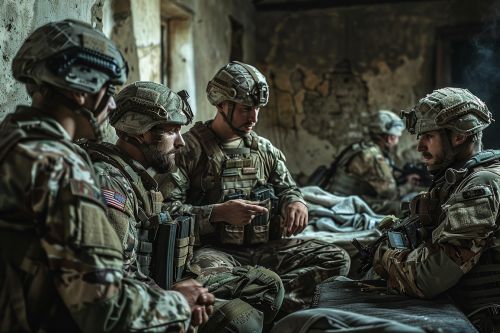
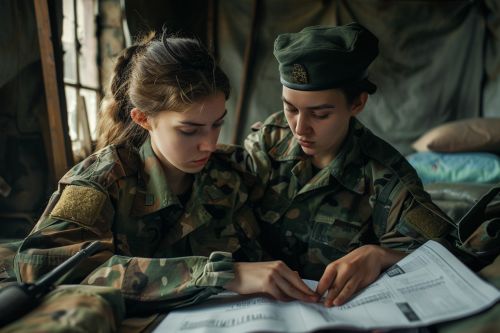
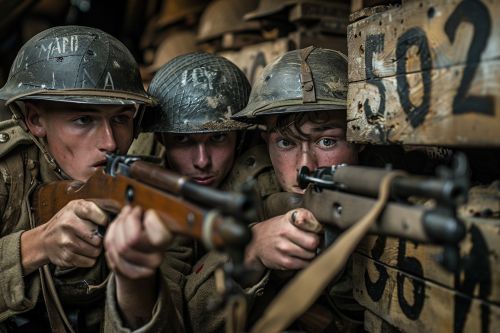
Spelling alphabets: Brief history
Before World War I, with the emergence of two-way radio and voice communication, telephone spelling alphabets were enhancing clarity over long-distance and low-quality telephone circuits. The first internationally recognised non-military spelling alphabet was adopted in 1927 by the CCIR, the precursor of the ITU (International Telecommunication Union).
In 1932, the International Commission for Air Navigation, the forerunner of ICAO (International Civil Aviation Organization), adopted the alphabet until World War II.
During World War II, various nations developed their spelling alphabets. The United States standardised its system with the Joint Army/Navy radiotelephony alphabet in 1941, known as ‘Able Baker’.
The Royal Air Force and other British forces adopted similar alphabets, with some terms like ‘F for Freddie’ and ‘S for Sugar’. Both code words are still occasionally used in the UK.
The US military conducted significant research into spelling alphabets during World War II. The ‘Able Baker’ alphabet was adopted in international aviation. However, English-centric sounds led to the development of alternatives like the ‘Ana Brazil’ alphabet in Latin America. In 1947, the IATA proposed an alphabet to ICAO, incorporating sounds common to English, French, Spanish, and Portuguese.
From 1948 to 1949, Jean-Paul Vinay, a linguistics professor, collaborated with ICAO to develop a new spelling alphabet. The words had to be easily pronounced and recognised by airmen of all languages, have good radio transmission and readability characteristics, and be similar in English, French, and Spanish. The revised alphabet was adopted in 1951 by ICAO.
However, this list faced issues, especially in terms of intelligibility under poor conditions. After extensive testing and research by various nations, a new official phonetic alphabet was published by ICAO in 1956, with the North Atlantic Treaty Organization (NATO) adopting it soon after.
Who uses the spelling alphabet?
The phonetic alphabet was quickly adopted by various international organizations, including:
- the International Telecommunication Union (ITU),
- the International Maritime Organization (IMO),
- the U.S. Department of Defense, the Federal Aviation Administration (FAA),
- the International Amateur Radio Union (IARU),
- the American Radio Relay League (ARRL),
- and the Association of Public-Safety Communications Officials-International (APCO).
While these various agencies universally adopted the same alphabetic code words, there was a slight variation when it came to numeric code words. NATO chose to use the regular English numeric words (zero, one, two, etc.).
In contrast, the ITU and the IMO defined compound numeric words (like ‘nadazero’ for zero, ‘unaone’ for one, ‘bissotwo’ for two, and so on). However, these terms are seldom used in practice, mainly because they are not commonly shared across agencies.
The basics of the phonetic alphabet
The NATO Phonetic Alphabet is more than just a collection of specific, easy-to-remember words assigned to letters.
Let’s have a closer look at each of them:
Alpha (A), Bravo (B), Charlie (C), Delta (D), Echo (E), Foxtrot (F), Golf (G), Hotel (H), India (I), Juliett (J), Kilo (K), Lima (L), Mike (M), November (N), Oscar (O), Papa (P), Quebec (Q), Romeo (R), Sierra (S), Tango (T), Uniform (U), Victor (V), Whiskey (W), X-ray (X), Yankee (Y), and Zulu (Z).
All the words have been carefully selected. They are unique and distinctly different from each other in terms of sound. This greatly reduces the risk of dangerous mistakes in cases of communication issues or when the message is difficult to hear.
How do you use the International Radiotelephony Spelling Alphabet?
Imagine a pilot in flight. He needs to convey important details about the flight. Instead of simply stating the flight number, like FL380 (which could be misunderstood by air traffic control), the pilot uses the NATO alphabet. He says ‘Foxtrot Lima Three Eight Zero’ and gets understood immediately.
Military alphabet: Cheat sheet
The military alphabet includes both letters and numbers. Here is a handy cheat sheet for you to use whenever you need to refer to it.
Letters
Alpha (A)
Bravo (B)
Charlie (C)
Delta (D)
Echo (E)
Foxtrot (F)
Golf (G)
Hotel (H)
India (I)
Juliett (J)
Kilo (K)
Lima (L)
Mike (M)
November (N)
Oscar (O)
Papa (P)
Quebec (Q)
Romeo (R)
Sierra (S)
Tango (T)
Uniform (U)
Victor (V)
Whiskey (W)
X-ray (X)
Yankee (Y)
Zulu (Z)
Numbers
Zero (0)
One (1)
Two (2)
Three (3)
Four (4)
Five (5)
Six (6)
Seven (7)
Eight (8)
Nine (9)
This cheat sheet is a useful reference. It will help you when you need clear and precise communication, such as in radio communication, military operations, or even in certain civilian situations (including aviation or customer service). Keep it handy for those moments when every word counts!
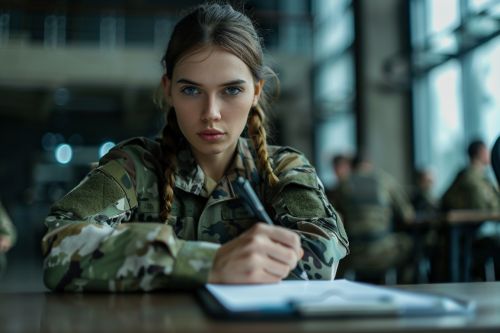
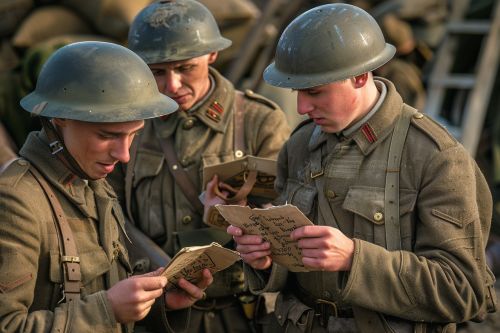
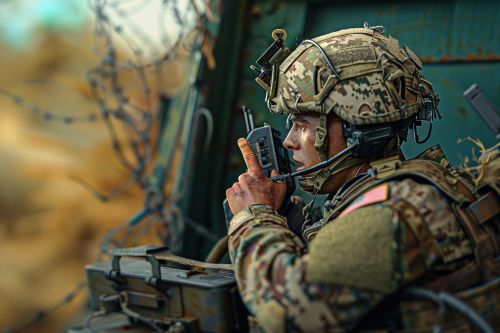
How can you master the phonetic alphabet?
Learning the NATO Phonetic Alphabet might seem daunting at first, but it becomes easier with these effective methods.
1. Break the alphabet into small groups
Start by breaking the alphabet into small, manageable groups of letters. Learn them one at a time. Begin with the group A-E (Alpha, Bravo, Charlie, Delta, Echo), and then proceed further. This approach makes learning less overwhelming.
2. Regular repetition and practice
Make it a habit to use the phonetic alphabet in your daily life. Spell out surnames or addresses using it. Are you stuck in a traffic jam? Practice with the registration plates of nearby cars or the names of your friends.
3. Create your own flashcards
Make flashcards featuring letters and corresponding words. Add images that you associate with each letter. Visual cues significantly aid memory.
4. Involve friends or family in your learning
Engage your friends or family in your learning process. Ask them to give you a letter, and respond with the correct code word.
With time, the NATO Phonetic Alphabet will become as natural to you as the ABC.
Military Translations
Military translations are a highly responsible task. At Skrivanek translation agency, we specialise in translations for clients from the defence sector. We understand the intricacies of military language. Our team comprises experienced translators, former military personnel, and security experts.
Each translation is accurate and maintains the original context. We will ensure your communications are correct and understandable, whether you are operating internationally or need specialised document translations. Working with Skrivanek means every word will be accurately translated. Fill out the contact form on our website to get a free quote for your project.
Images generated by AI.

